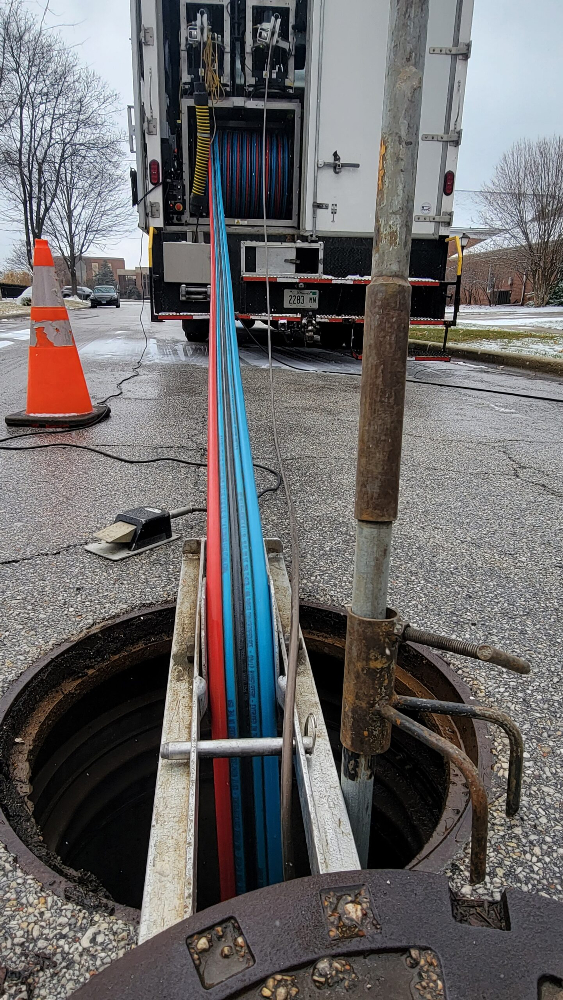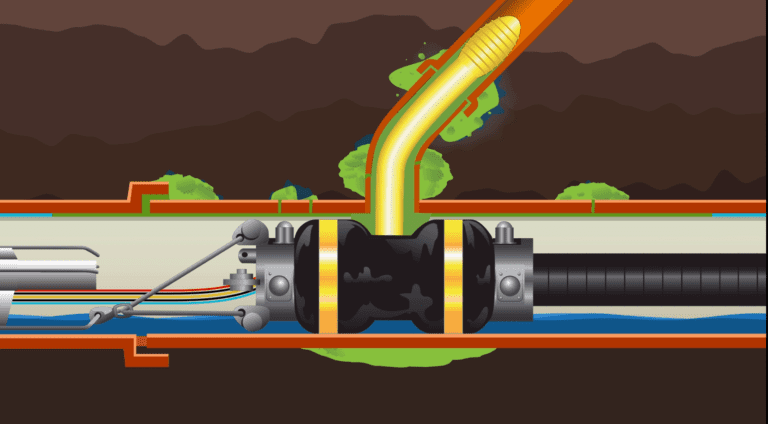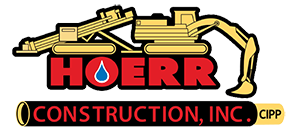

Disruptive and Costly
Infiltration is water that enters a sewer system through 4 points: mainline joints,
manholes, service connections and lateral joints. This excess water decreases the total system capacity while bringing in substrates and creating voids around pipes and structures, allowing them to shift and break. By allowing I&I to exist, sewer system
owners are subject to increased Sanitary Sewer Overflows (SSOs), sinkholes,
collapsing pipes, and higher treatment costs.
Sewer Grouting
By injecting a chemical grout through open joints, cracks, and holes, a curtain is
formed outside the structure that seals off infiltration and stabilizes pipes and
structures. This system can be installed as a stand-alone process or in conjunction
with other trenchless technologies for mainlines, laterals and manholes, prolonging
the life of a collection system and lowering overall treatment costs.
Cured-In-Place Pipelining (CIPP)
CIPP is the curing of a resin-saturated seamless liner within host pipe. This process
provides a structural solution to a failing system with a +50-year life expectancy and
can be installed in both mainline and lateral pipes.
Manhole Rehabilitation
Concretes, Geopolymers and Epoxies are applied to the interior surfaces to block I&I,
protect against H2S and microbial damage, and extend the life of the structure.
Sealing manholes that do not need surface rehabilitation can be performed by
installing various grouts to the exterior, creating a curtain around the structure.
The Solution is Hoerr.
Decreasing the total amount of Inflow and Infiltration (I&I) is equal to increasing your
total system capacity. Eliminating I&I saves money and Hoerr’s holistic approach to sewer rehab allows us to address each of the four points of infiltration using a variety
of trenchless solutions. Our certified technician’s expertise in installing these systems
is safe, quick, and economical.
Infiltration is Expensive:
• A 300 LF section of pipe with
20% of the joints leaking at 1
gal/minute is equal to
28,000 extra gallons of water
to treat.
• That same pipe will produce
10,512,000 gallons of excess
water over a 1-year period.
Related Services provided by Hoerr Construction:
• Clean / CCTV Inspections
• Mainline and Lateral CIPP
• Lateral Inspection and
Location
• Vac-A-Tee Installation
